Most people have plans or dreams of visiting Japan, although it’s known to be an etiquette-bound destination.
If this is your first time visiting Japan, don’t be intimidated by the stories cos this country is a unique blend of traditions and modern culture, delicious meals, rich history, and natural beauty, which always enchants visitors into coming back.
As a first-timer, you probably have many questions concerning the country, such as your visas, the best places to visit, what to eat, and where to stay.
Well, don’t stress yourself cos this post includes 17 things you should know before traveling to Japan for the first time.
17 Things To Know Before Going To Japan
1. Best Time To Visit Japan
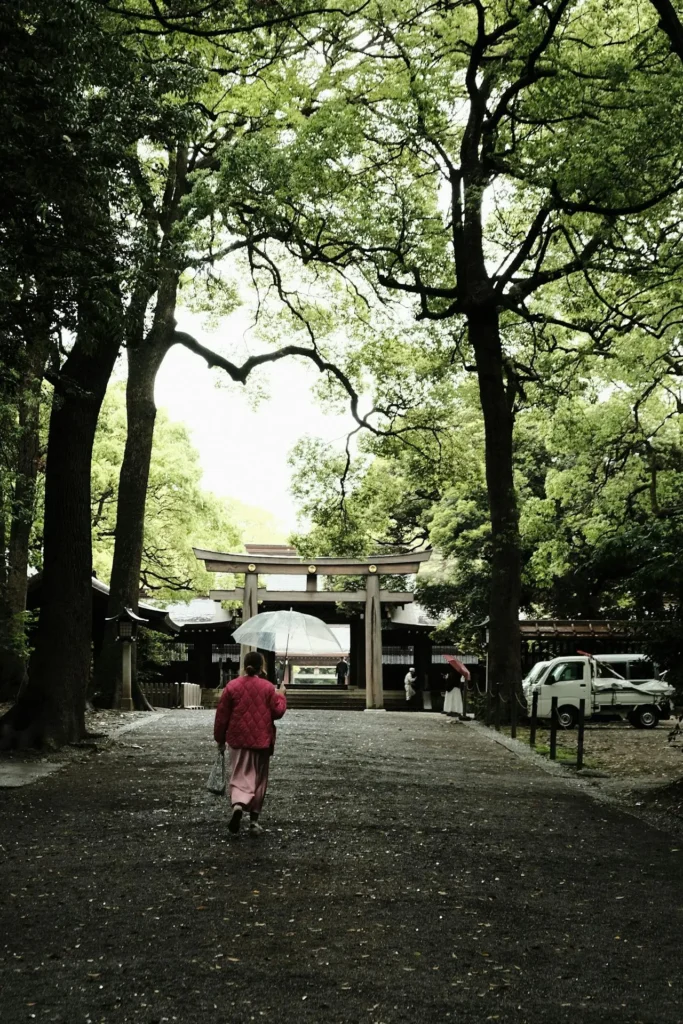
There’s no specific best time to visit Japan because each season comes with its charm, from the cherry blossoms in the spring to the festivals in the summer to the stunning beauty in the autumn to the skiing in the winter.
All this just depends on your preference for weather, crowds, and your dream experience.
If you’re coming to see the cherry blossoms, then be prepared for the crowd and the skyrocketed prices on everything.
You should know that you’ll have much more to explore in Japan during the late winter, autumn, or summer.
The weather in Japan can be very dramatic and extreme, so you may need to plan and pack appropriately.
Just know that the temperature depends on which part of the country you’re planning to travel to, so always check the weather forecast for that location.
2. Visa Requirements And Travel Restrictions

Whether it’s your first time traveling to Japan or you’re a recurrent visitor, you’ll have to come in through the international airports at Tokyo, Osaka, or Kyoto.
Most international planes usually land in Tokyo, so from there, you can take high-speed trains to your destination.
Depending on your country, you might not need a tourist visa, at least for the first 90 days, but it’s better to check Japan’s government website so you can apply ahead of time for your visa if needed.
Before traveling, your passport must have at least 6 months before it expires and four blank visa pages.
It’s okay to fill out the immigration and customs forms when you arrive, but it’s better to fill them out ahead of time.
If you have any questions or need assistance, you can visit the Japanese Embassy for up-to-date information.
3. Public Transport in Japan
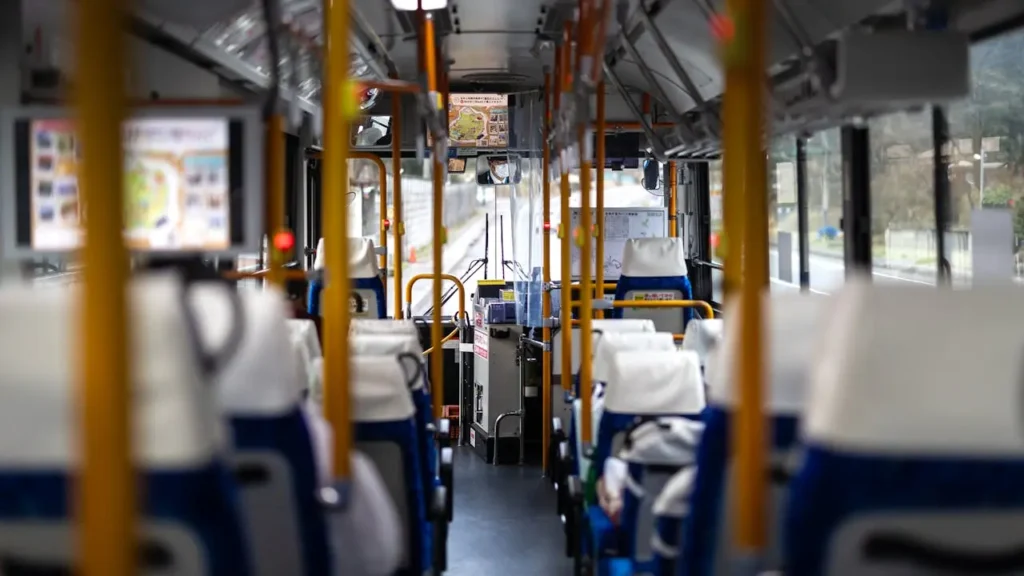
In Japan, public trains are clean, fast, efficient, and affordable. To ensure you don’t get lost using public transport, you may need the Japan Travel by Navitime app, which tells you what trains or buses you’ll need to take to get to your location.
Most times, you’ll use the metro, public trains, or the Japan Rail to get to your locations because these are connected to all the major destinations.
But you’ll first need to get your tickets from the station machines, and you can set it to English so it’s easier to navigate.
Most of the bigger stations have English signs, so you won’t get lost, but with it being a new country, it’s still difficult.
For you to easily navigate public transport, here are some things to know before going to Japan:
- Arrive early at the station because most of them are huge, and it’s easy to get lost while locating your platforms, plus the long queue to get your ticket might make you miss your train.
- Always buy your ticket a day or two before traveling, especially during busy periods on busy routes.
- Try to be respectful and follow the customs on public transport in Japan. Just know it’s considered disrespectful to eat on the train, sit in a priority seat, or talk on your phone.
4. Japan Rail Pass
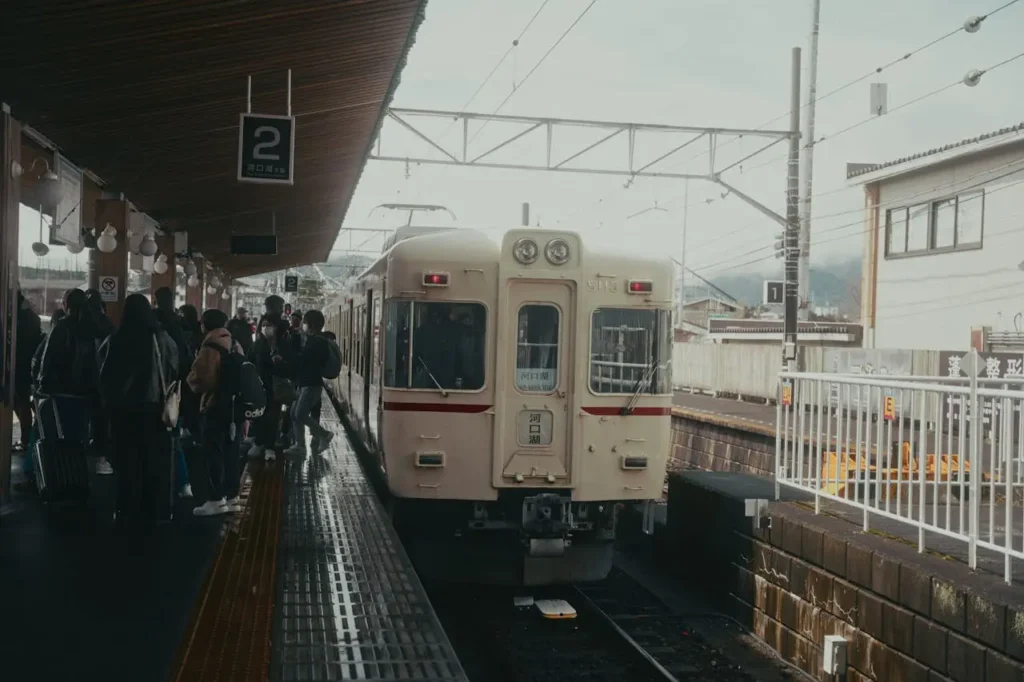
The Japan Rail Pass is a discounted train pass that offers tourists unlimited travel for 7, 14, or 21 days. If you’re planning on visiting Japan and its nearby cities, then this may just be a great deal for you.
However, depending on your plans and your preference, this may be an expensive option for you due to its high price.
If you’re okay with this, it’s also good to remember that the JR Pass only covers Japan Rail Lines, so for other metro or train systems, you’ll need to get tickets.
Japan Railways operates the famous Shinkansen (bullet train), a popular and efficient way to get around the country.
And since the JR Pass is only available for tourists, you’ll need to plan and buy ahead from their official website so you can get yours before going to Japan.
5. Travel With Plenty of Cash
Despite this being the 21st century with lots of technology, Japan is a very cash-oriented society.
Most shops, bars, markets, family businesses, and local restaurants in rural Japan do not accept credit cards, so you’ll need to pay cash.
Ideally, you’ll need to convert your money to the local currency, yen, and this can be done at the airport or any currency exchange.
You may even have to carry more cash on you than you’re used to, but don’t worry, Japan is a safe country, so you won’t be robbed at any time.
In Japanese stores, hotels, cinemas, and onsen, money is rarely passed directly but through the small tray next to the cash register. from hand to hand.
Before traveling to Japan, remember to contact your card provider to find out if you’ll be able to use your cards while abroad.
6. Pack Essential Items

The hotel rooms in Japan are usually smaller than you might be used to, so there’s no room for large suitcases, so it’s better to pack light.
And since most restaurants don’t have dress codes, you don’t need so many clothes; as long as they’re comfortable, you’re good to go.
The trains in Japan only have small spaces for luggage, so it will be much easier to move around with a small bag or suitcase.
Besides, stations are often crowded, so you might find yourself dragging bags, which can be stressful and awkward.
Apart from your passport, money, and clothes, here are some other items you’ll need:
- Bring a small towel and some hand sanitizer since most public bathrooms in Japan don’t have soap, hand towels, or dryers.
- Most of the electrical outlets are 2-pronged “Type A”, so you may need to bring a universal adaptor.
7. Think Before You Tip

One of the things to know before traveling to Japan is that tipping is somewhat awkward, so if you want to really show appreciation to someone like your private guide or interpreter, then it’s best to bring along a local gift from your country.
If you really want to give a monetary tip, then don’t do it in a way that might be embarrassing or rude.
Though tour guides who regularly take foreign tourists around might expect extra, Japan has no custom of tipping, and an attempt to add to your bill will more often than not fluster or embarrass staff.
In Japan’s tipping etiquette, most bars and restaurants are allowed to charge a flat-rate service fee, usually around ¥300–500 per person, while the fancy ones automatically add a 10% service charge to the bill.
8. Take Advantage of Convenience Stores
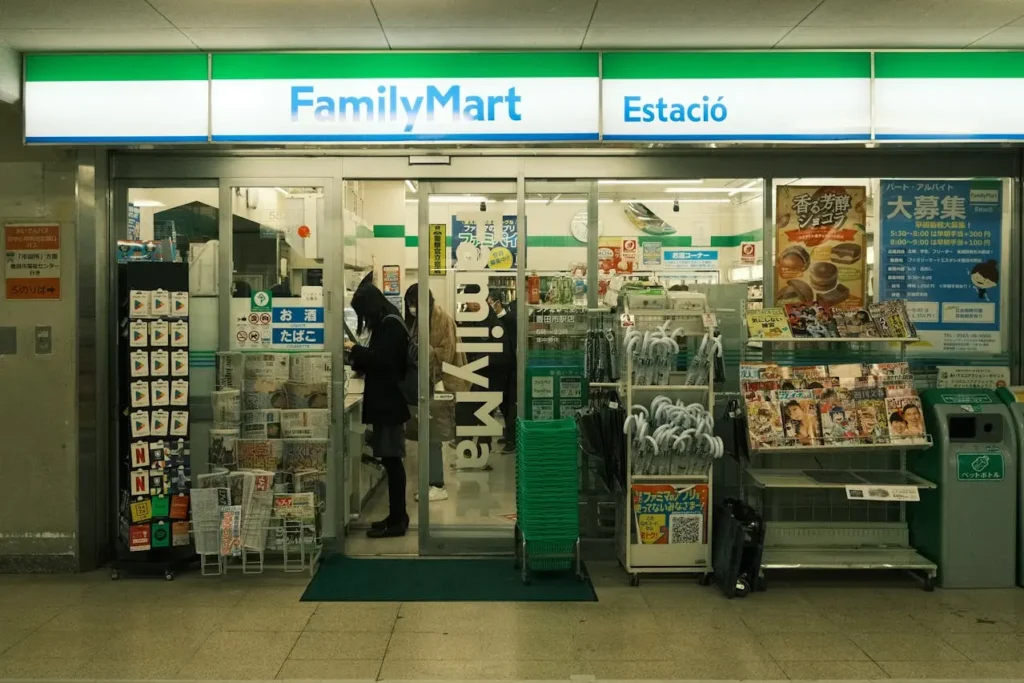
Japanese convenience stores are locally called Conbini and are located on every corner to make life for both visitors and locals very convenient.
These stores have various affordable, delicious meals like sushi, sandwiches, or coffee, which you can get if you’re in a hurry.
They also carry a selection of Japanese souvenirs that make perfect last-minute gifts if you’re short on shopping time.
In Conbini, there are always ATMs you can use to withdraw cash with your overseas card, and there’s always a luggage forwarding service so you can explore without dragging your suitcases around.
And if you forget to bring something, they also sell a range of travel goods and toiletries.
Tickets for events like baseball games and attractions are sold in Conbini. You can even pay for domestic flights and bus tickets, although they’re not always in English.
Popular convenience stores include 7-Eleven and Family Mart, which are fantastic options if you’re in a rush or on a budget.
9. Accommodations If You’re Travelling To Japan For The First Time
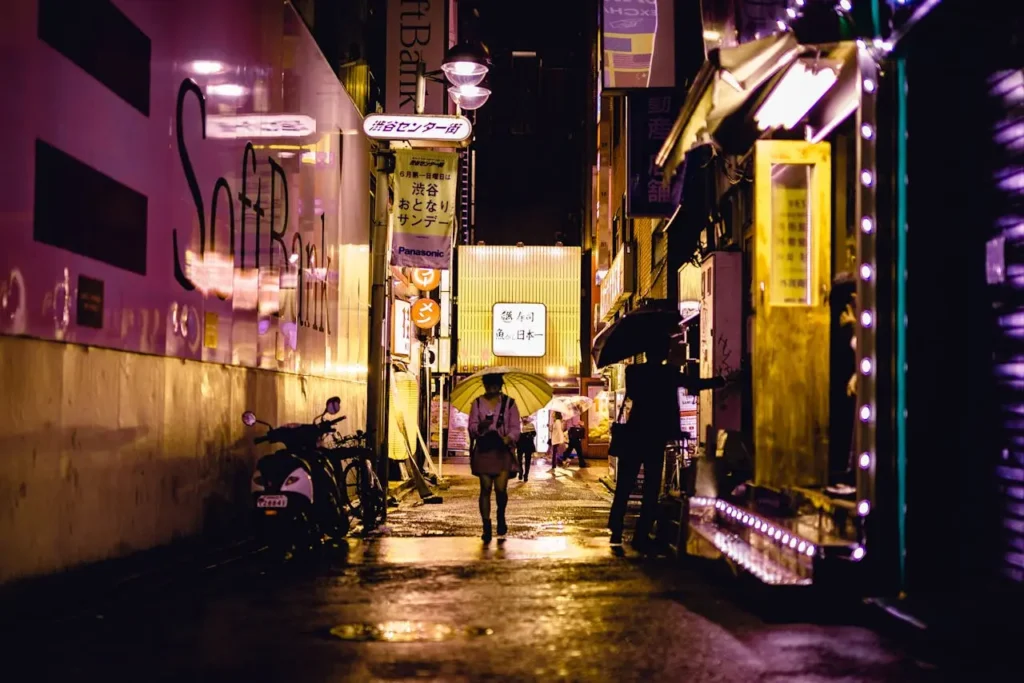
To get good accommodations in Japan, you may have to reserve weeks or months ahead, especially during busy travel periods like celebration seasons.
The traditional inns also have fixed check-in times, so you’ll have to plan your arrival time.
Popular accommodations you can try while visiting Japan are:
- Capsule Hotels: These are not your regular hotels, and even though they’re now popular in the world, they originated in Japan. In this hotel, you’ll be given a capsule containing a bed and sometimes other features such as a mirror or a small wardrobe. This is a fun and affordable experience, but it’s not suitable for more than one or two nights
- Ryokans: These are traditional Japanese-style inns with facilities such as tatami mat rooms, yukata robes, onsen baths, and futon bedding. Most Ryokans are found in the countryside, so you can relax, unwind, and rejuvenate during your stay. Most stays are quite expensive but will include dinner, where you’ll be served Kaiseki, a multi-course Japanese dinner.
- Buddhist Temples: If you want a spiritual retreat and a unique experience, then you should consider staying in a Buddhist Temple. Here, you’ll get a taste of Buddhist life by staying at the Shukubo, where you can take part in early morning prayers, meditation classes, and traditional Buddhist vegetarian cuisine. Some stays will also give you the option to help out with work around the temple as a form of active meditation.
10. Be Prepared To Take Off Your Shoes

One of the things to know before visiting Japan is that you will remove your shoes over and over again, so just wear comfortable slip-ons.
It will be good if you wear socks because you’ll likely have to take your shoes off frequently at religious sites, homes, ryokans, traditional inns, some restaurants, and anywhere with tatami mats.
Some places do provide indoor slippers for you to wear, but don’t count on it. It’s just better to wear or bring your socks along with you.
There will be indicators so you’ll know if you should remove your shoes, and if you’re in doubt, just ask.
11. Get An IC Card
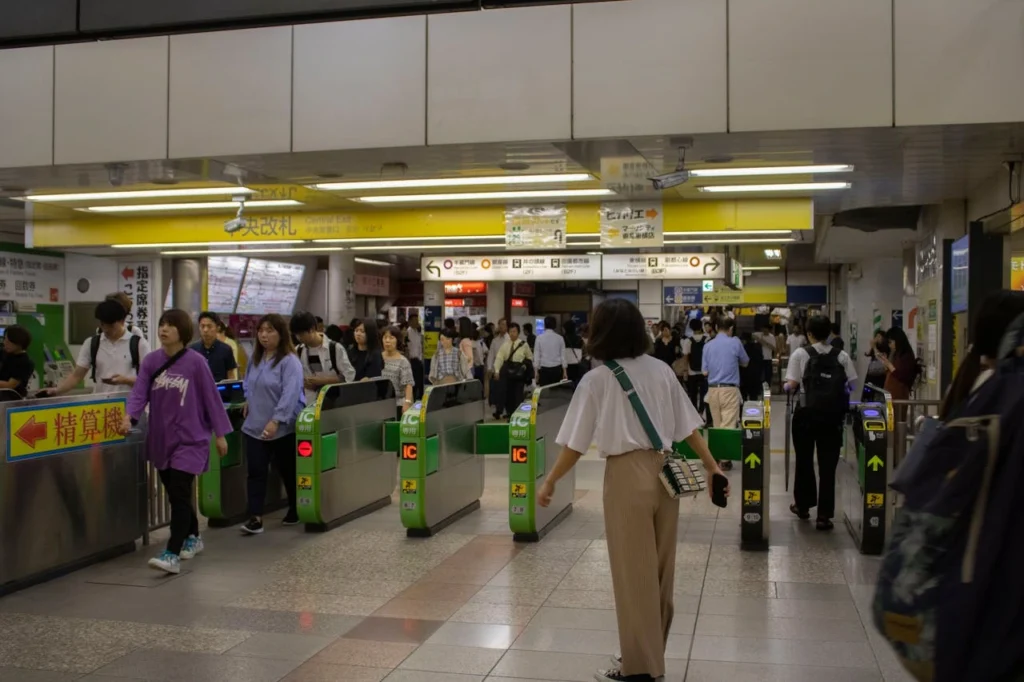
IC cards are rechargeable credit-card-sized passes that can be used to pay fares on various public transport networks with a single tap.
This card adds to your convenience because, with it, you don’t have to worry about which ticket to buy or how much it will be.
But you’ll still need to buy paper tickets for the bullet train and limited express or special express trains.
Japan’s IC cards can be used in other cities to pay for drinks and snacks at most convenience stores and vending machines.
12. Learn Some Japanese Phrases
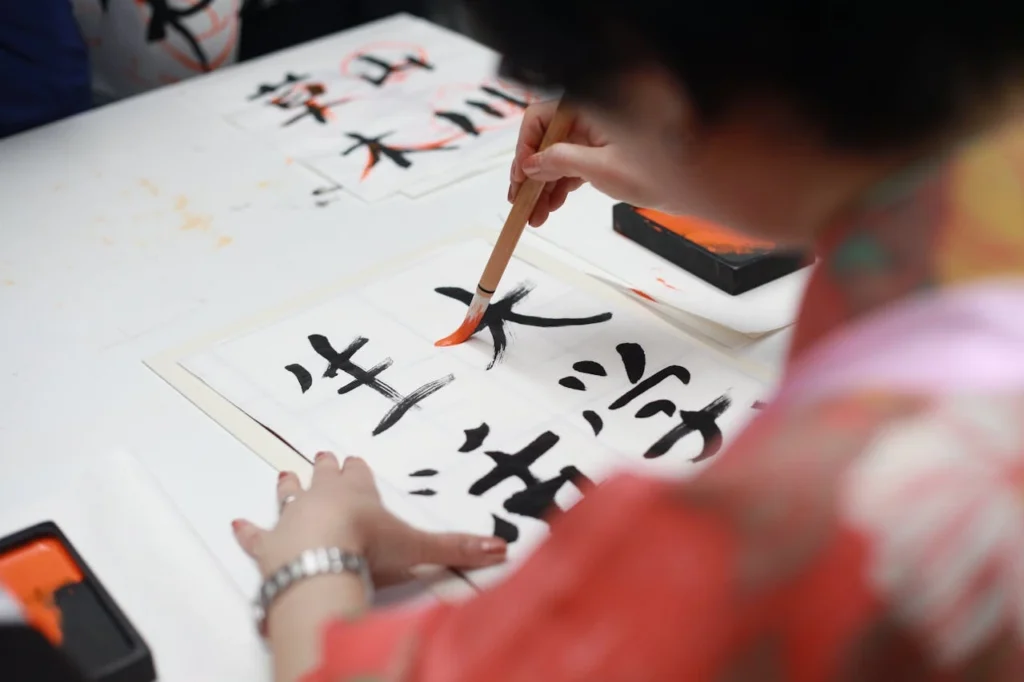
Most Japanese speak English, and there are various English signs in the country, so it’s possible to travel to Japan without knowing the language.
But learning some basic phrases before going to Japan will make your overall experience even better.
You can download the Boutique Japan Tiny Phrasebook or listen to the Japanese Survival Phrases podcast to learn some carefully selected words and phrases.
This, mixed with Google Translate, broken English, and signs, will make it easier to break language barriers.
Some Japanese words to know, especially if you’re traveling in Japan for the first time, are:
- Konnichiwa – Hello, good day
- Konbanwa – Good evening, good night
- Arigatou Gozaimas – Thank you very much
- Sumima sen – I’m sorry, or excuse me (also used to call the staff at a restaurant)
- Kudasai – Please
- Matane – See you later
- Watashi wa began – I’m vegan/vegetarian
- Ita Daki mas – Similar to bon appétit.
- Wakarima Sen – I don’t understand
- O genki des – How are you? (formal)
- Genki – How are you (informal)
- Oishikatta des – It was a delicious meal
- Kanpaai – Cheers
13. Best Places To Visit In Japan For First Timers
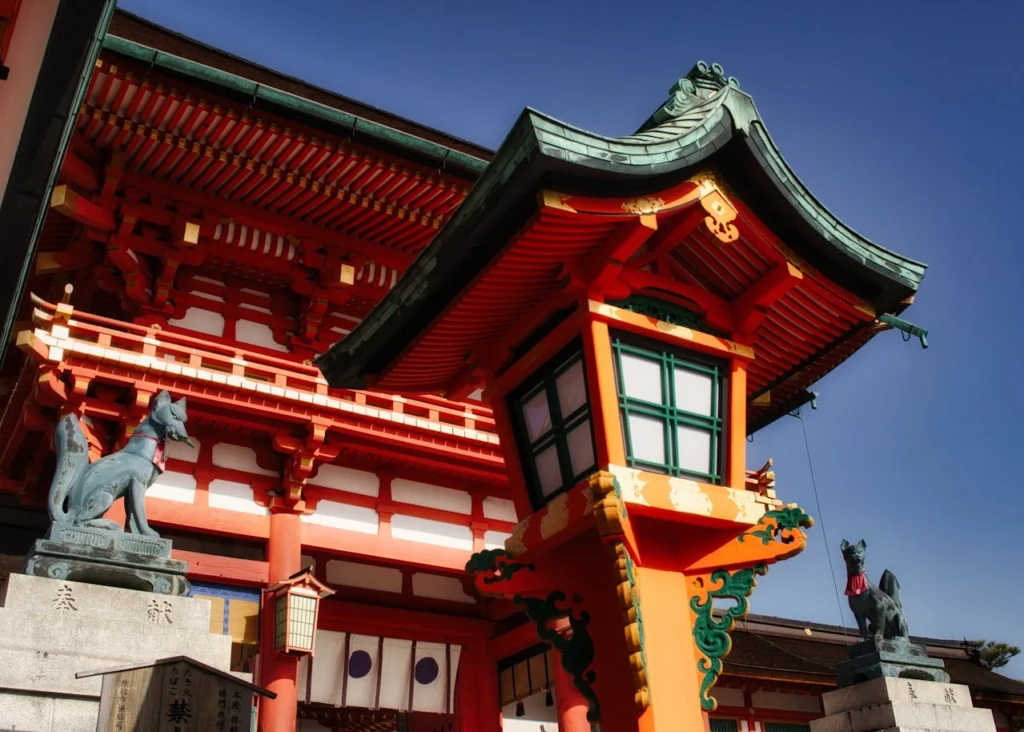
Japan is a beautiful destination filled with wonderful places to visit. Although the most popular attractions are found on Honshu, Japan’s main island, you could also visit Tokyo, Hakone, Kyoto, Osaka, Hiroshima, Okinawa, and Hokkaido.
Apart from during the cherry blossom season, you won’t really see so many crowds in Japan.
So you can explore places like Nara, Nagano, Hiroshima, and Matsumoto to experience the Japanese vibe, but still have access to the comforts of tourism.
But if you really want to stray off the tourist path, then head south to towns like Aso, Kurokawa, Yakushima, and Kambayashi.
14. Must-try dishes
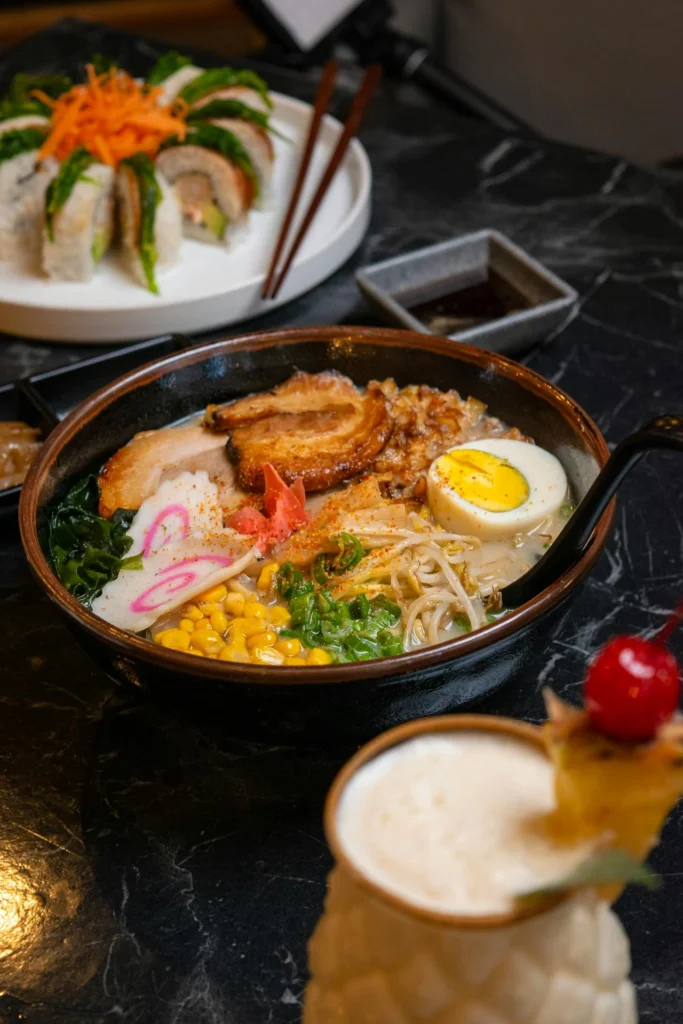
Since this is your first time traveling to Japan, you don’t need to worry about eating, especially if you’re a vegan or don’t eat fish.
You won’t have any problem eating delicious meals in Japan and, in the worst case, you could go to Western-style restaurants.
But if you’re interested in trying delicious Japanese meals, then you must try:
- Okonomiyaki: This is a savory Japanese pancake containing cabbage and a variety of toppings, which can be made for vegetarians.
- Yakisoba: This is a stir-fried noodle dish made with vegetables, and meat and fish could be optional.
- Ramen: Ramen is a famous noodle soup dish that highlights the Japanese experience, especially if you try to eat it with chopsticks.
- Katsu: This dish is meat or tofu covered in breadcrumbs and deep-fried.
- Japanese curry: This is a delicious, rich, and flavourful curry that is served with melted cheese.
- Sushi: Sushi is served all over Japan, and several cheap chains serve vegetarian sushi.
- Wagyu: Japan loves making delicious beef, and restaurants everywhere serve different varieties.
- Miso soup: This is a perfect side dish to any meal and is served in a small bowl in most restaurants.
15. Cultural Etiquette In Japan
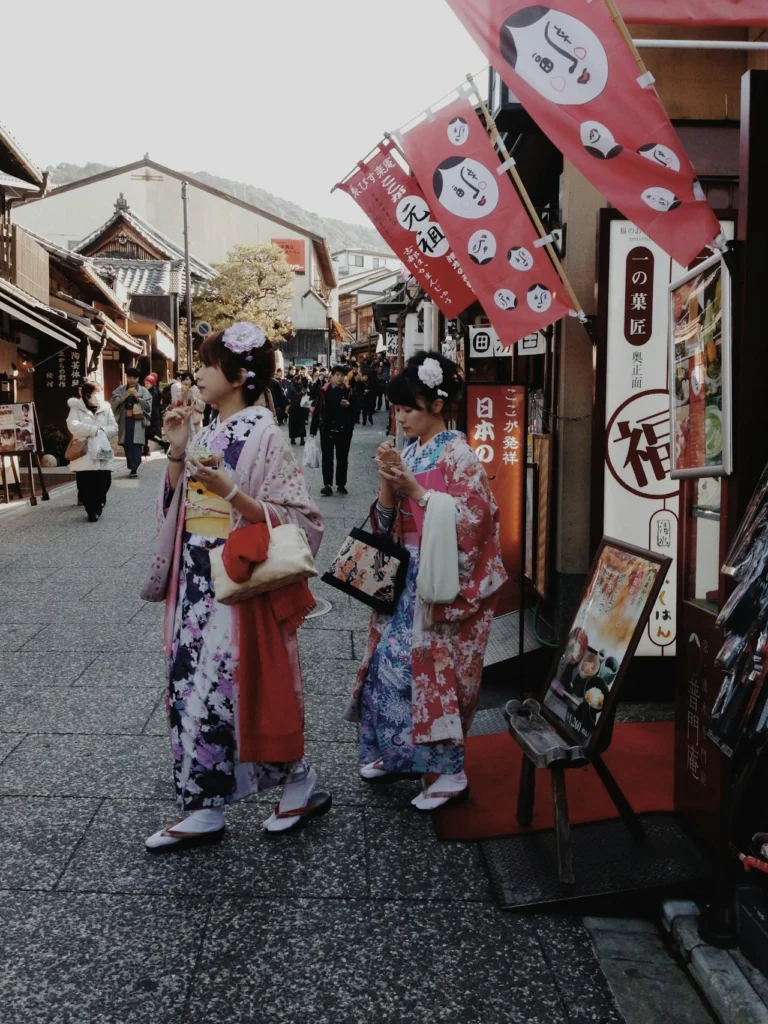
There are lots of cultural differences between Japan and the Western world, so it’s better if you research the social norms before traveling to Japan, so you can be respectful and not cause unwanted attention to yourself.
Here are some basic Japanese etiquette rules you should know before going to Japan:
- Be mindful when ordering meals in a restaurant, since it’s not common to change food dishes; you might not be able to make any changes in more traditional places.
- Be quiet on public transport.
- Be mindful of eating in public cos in several places, it’s considered rude. Exceptions include the Shinkansen and other reserved-seat limited-express trains, festivals or market streets with food vendors, or a picnic.
- Know the rules of the Onsen, where you may have to enter naked, and if you have tattoos, you won’t be allowed inside.
- You will need to cover up your tattoos if you want to use public facilities such as gyms and swimming pools.
- Bowing is a Japanese custom used in several instances, like greeting people, thanking someone, and apologizing. But if you’d prefer, you can shake hands instead.
16. Smoking in Japan
If you’re a smoker, you’ll probably find that it’s easier to smoke in Japan. Most traditional restaurants and bars permit smoking inside, while train stations and other public areas have an indoor smoking room.
However, smoking is not permitted on busy sidewalks, so you’ll have to look for a designated smoking area.
If you don’t smoke, this might really be frustrating for you. But there are several smoke-free restaurants and bars that you can visit instead.
A quick check of their website or signs in the window should help you find non-smoking establishments.
17. Brush Up On Your Chopstick Etiquette
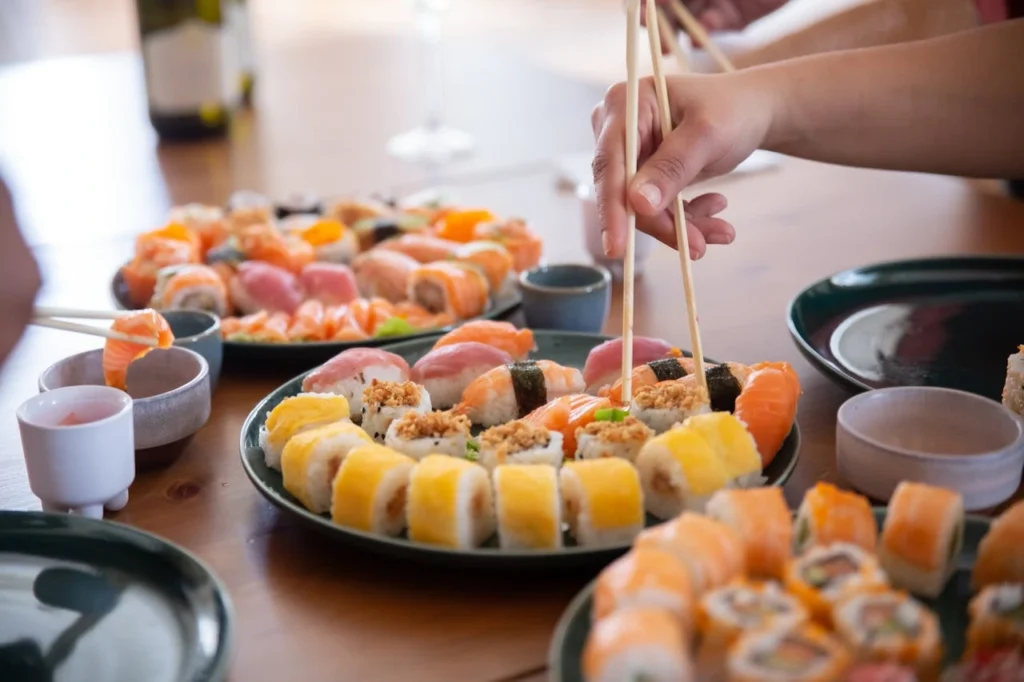
In Japan, it’s quite common to use chopsticks, so even if you consider yourself an expert with chopsticks, you might not be aware of some etiquette to keep while using them, such as:
- Never point your chopsticks at another person, wave them in the air, or spear food with them.
- Don’t stick your chopsticks into a bowl of rice or pass food from chopstick to chopstick.
- When serving yourself from a communal dish, use the opposite end of your chopsticks and not the end you put in your mouth to serve yourself.
- If you can’t use chopsticks, just ask for a knife and fork.
Conclusion
Is Japan among your dream destinations? If yes, then you’ll have a lot to do, from planning your itinerary to working out your transport, food, and accommodation.
Just like every other vacation, making proper arrangements and getting information beforehand will make your stay even better.
Most Japanese etiquette and customs apply in formal settings, and the locals are more relaxed about it.
But you still need to know a few things before traveling to Japan for the first time, and you can get the 17 best tips in this post.